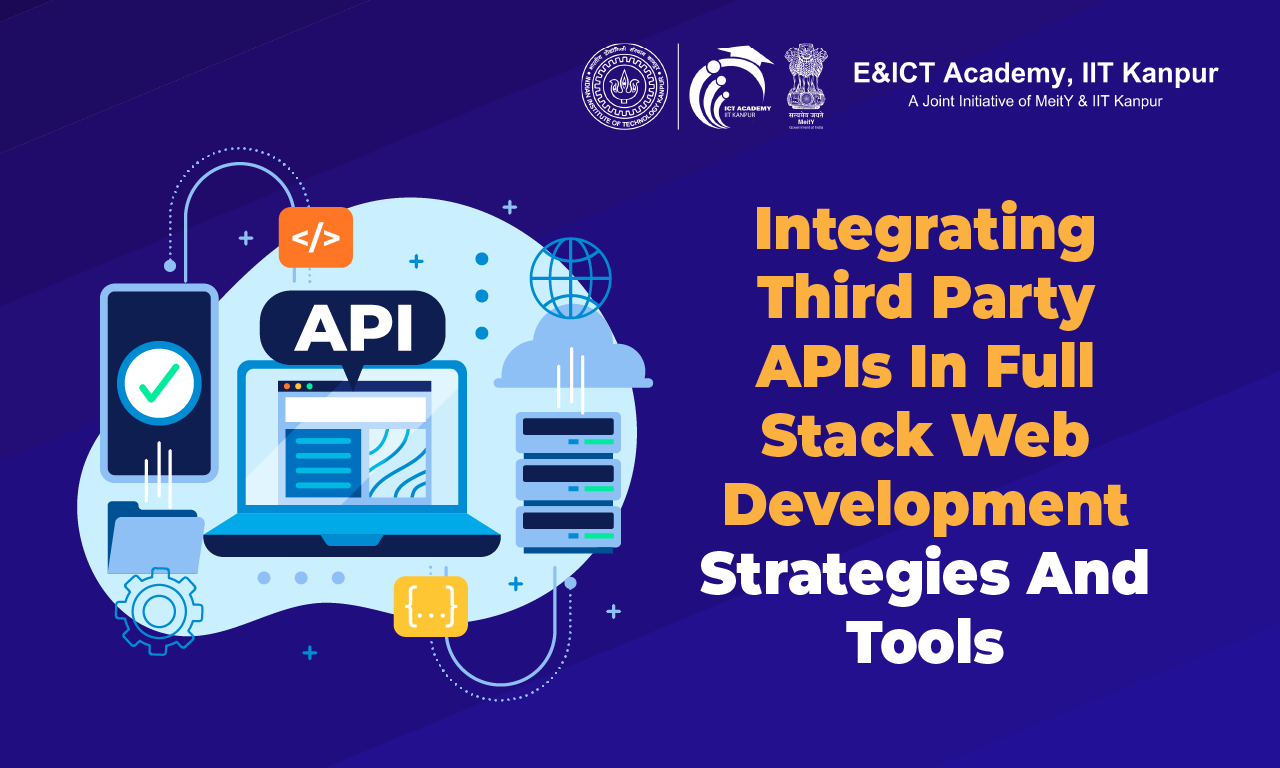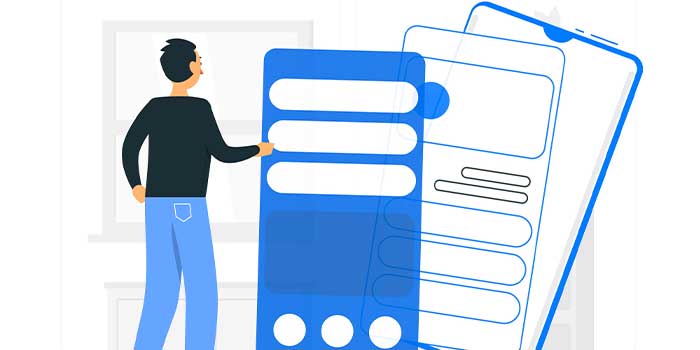Integrating Third-Party APIs In Full-Stack Web Development: Strategies And Tools

The full-stack web development market is rapidly growing as it offers comprehensive front-end and back-end solutions ideal for web applications. The scope of full-stack web development is relatively broad as the majority of businesses are employing full-stack web developers to make custom web applications that are suitable for their companies.
In order to enhance the application functionality and add more features, third-party APIs are often integrated into the full-stack web development process. Scroll down to learn about the best strategies and tools for integrating third-party APIs into full-stack web development.
Introduction To Third-Party APIs
A third-party API (application programming interface) is a collection of rules that let two applications communicate with each other. Third-party APIs are frequently utilized to get access to functionality or data from another business service. For instance, it is possible to utilize a third-party API to process payments for goods and services purchased.
Third-party API integrations are the best in order to add functionality to web applications where there is no necessity to develop everything on your own. These APIs save plenty of time and money since there is no need to build and maintain your own code.
In full-stack web development, third-party APIs can be utilized for processing payments using a payment gateway API, obtaining weather data from a weather API, integrating with social media platforms with the help of a social media API, sending email using an email API, etc.
Wondering how APIs work? The API rules contain things like the format of the requests and responses, data types that can be exchanged, and the security criteria that should be followed. Developers use HTTP requests for forwarding instructions to an API. Then the API utilizes HTTP reactions in order to dispatch the required data. The API handles the requests, executes the required actions, and sends back the requested data.
Strategies For Integrating Third-Party APIs In Full-Stack Web Development
There are a few different strategies that can be used to integrate third-party APIs in full-stack web development. The best strategy for a particular project will depend on the specific requirements of the application.
Choosing The Appropriate API
There are numerous third-party APIs that are readily available, so it is crucial to select the most appropriate one for full-stack web application development. Some factors to consider when choosing an API are features and functionality you need, documentation, pricing and licensing terms, community, etc.
Reading The API Documentation
The API documentation delivers in-depth instructions on how to utilize the API. It is vital to go through the documentation in detail prior to integrating the API into the full-stack web application. This helps you figure out the different endpoints, parameters, and responses that are supported by the specific API.
Testing The API Integration
After the API is integrated into the full-stack web application, it is vital to test it comprehensively. This helps in making sure that the API is functioning correctly and that it is sending back the requested results. There are plenty of tools for testing third-party API integrations, like Swagger, Postman, etc.
Monitoring The API Integration
It is also critical to scrutinize the API to assure that it is working as expected with the help of a cloud-based API management platform or by checking the API logs manually. This helps in recognizing any errors with the API integration and taking actions as required.
Using An API client Library
An API client library is a software library which makes interactions with API relatively easier. There are various client libraries that are accessible for different programming languages. Utilizing an API client library saves plenty of code and time and also minimizes the chances of making errors.
Securing The API
In order to protect the data and avoid unauthorized access, it is vital to secure the API. For securing the APIs, OAuth, HTTPS, or any other reliable security measures can be used.
Tools For Integrating Third-Party APIs In Full-Stack Web Development
There are plenty of tools that can be utilized for integrating third-party APIs in full-stack web development. Here the most common tools are listed.
Postman
Postman is one of the most famous tools to test and debug APIs. It authorizes developers to send requests to APIs and see the responses. This tool also has numerous features for testing APIs, like recording and replaying requests, developing custom assertions in order to verify the results of requests and many more.
OpenAPI Generator
OpenAPI Generator is another decent tool that can be utilized to develop code for interacting with APIs. It is compatible with various programming languages, such as Python, JavaScript, Java, etc. This tool can be employed for developing code for both server-side and client-side applications.
Tyk
Tyk is a well-known cloud-based API management platform that is popularly known for being utilized to secure, monitor, and scale APIs. This tool comes with a broad set of features to secure APIs, like API key authentication, OAuth 2.0, etc. In addition to that, it has plenty of high-end features to monitor APIs, like API alerts, API analytics, and many more.
Swagger
Swagger is a decent tool that can be used for documenting APIs. It can develop API documentation in numerous formats, which include YAML, JSON, HTML, etc. In addition, this tool comes with a visual API documentation viewer that can be utilized to analyze APIs.
APIgee
APIgee is another cloud-based API management platform that has different features for managing third-party APIs. Such features include authorization, authentication, monitoring, etc. This tool comes with features like API mocks and API sandboxes which are used to develop and test APIs.
Kong
Kong is one of the best open-source API gateways that can be utilized for routing requests to APIs. This tool has various features like authorization, load balancing, authentication, and many more. It is possible to deploy this tool on-premises or in the cloud.
Bottom Line
Using reliable third-party APIs helps in building more robust and feature-rich web applications, while also saving time and money. When integrating third-party APIs, it is vital to consider some factors, such as choosing the right API, reading the API documentation carefully, testing the API integration thoroughly, securing the API, and monitoring the API integration. Nevertheless, it is crucial to select the right API that is compatible with the application’s needs and make sure to use it securely.



